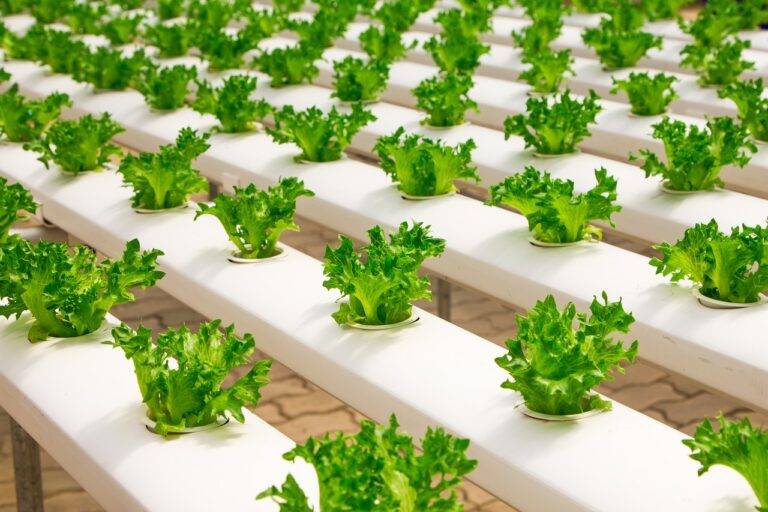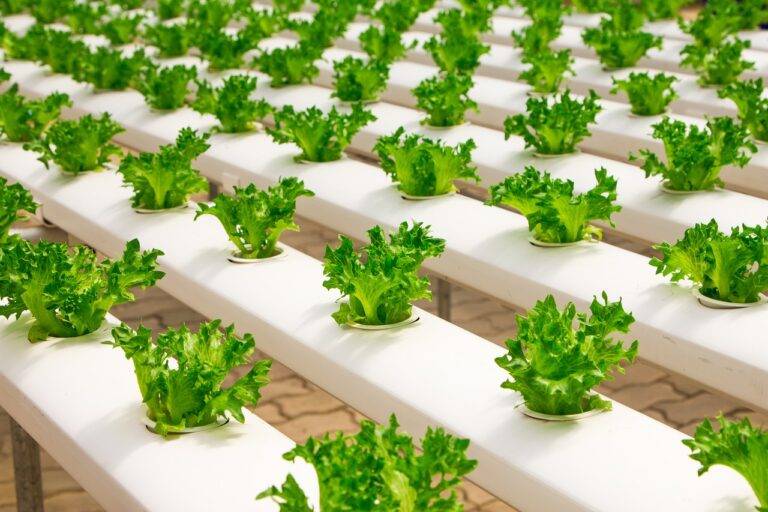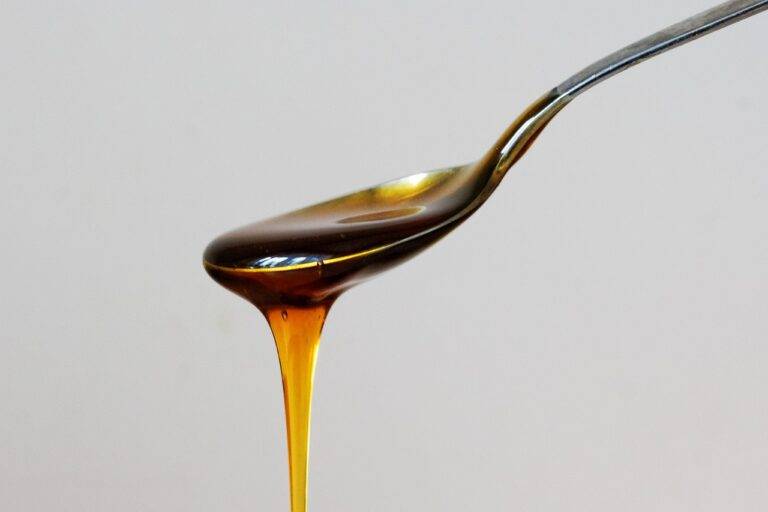The Role of Food in Cross-Cultural Diplomacy
Exploring the diverse tapestry of cultures around the world, one common thread that unites humanity is the significance of food. From lavish feasts to humble meals, food plays a central role in societal rituals and traditions. It serves as a conduit for expressing love, gratitude, and hospitality, transcending language barriers to foster connections between individuals.
Moreover, food carries with it deep-rooted meanings and symbolisms, often reflective of a community’s history, values, and beliefs. Traditional dishes passed down through generations encapsulate the essence of a culture, offering a taste of the past and a sense of continuity in an ever-changing world. Whether served at festive gatherings or solemn ceremonies, food not only nourishes the body but also nourishes the soul, forging bonds that endure the test of time.
Historical Examples of Food Diplomacy
During the Cold War era, the United States leveraged food diplomacy to foster international relations with the Soviet Union. The U.S. famously exported wheat to the Soviet Union in the 1950s and 1960s through programs like the Agricultural Trade Development and Assistance Act, commonly known as “Food for Peace.” This initiative aimed to alleviate food shortages in the Soviet Union while also showcasing the abundance and generosity of American agriculture.
In a more recent example of food diplomacy, South Korea utilized its traditional dish, kimchi, to strengthen ties with North Korea. In 2004, South Korea sent 500 tons of kimchi to North Korea as part of humanitarian aid during a period of food shortages. This gesture not only provided essential sustenance to North Korean citizens but also served as a symbol of goodwill and potential reconciliation between the two nations.
What is the cultural significance of food?
Food is not just a source of sustenance, but also plays a crucial role in defining cultural identity, fostering community bonds, and serving as a form of expression and communication.
Can you provide some historical examples of food diplomacy?
Certainly! Historical examples of food diplomacy include the use of food as a tool for peace negotiations, culinary exchanges between nations to promote cultural understanding, and the sharing of traditional dishes as a means of building diplomatic relations.
How has food been used in diplomacy throughout history?
Food has been used in diplomacy throughout history to facilitate communication, bridge cultural divides, and establish connections between nations. Leaders have often utilized food as a means of breaking down barriers and fostering goodwill in international relations.
What are some modern examples of food diplomacy?
In modern times, food diplomacy has been employed through initiatives such as culinary exchanges, food festivals showcasing international cuisine, and the promotion of traditional dishes as a way to build cultural bridges between nations. These efforts aim to strengthen diplomatic ties and promote cross-cultural understanding through the universal language of food.






